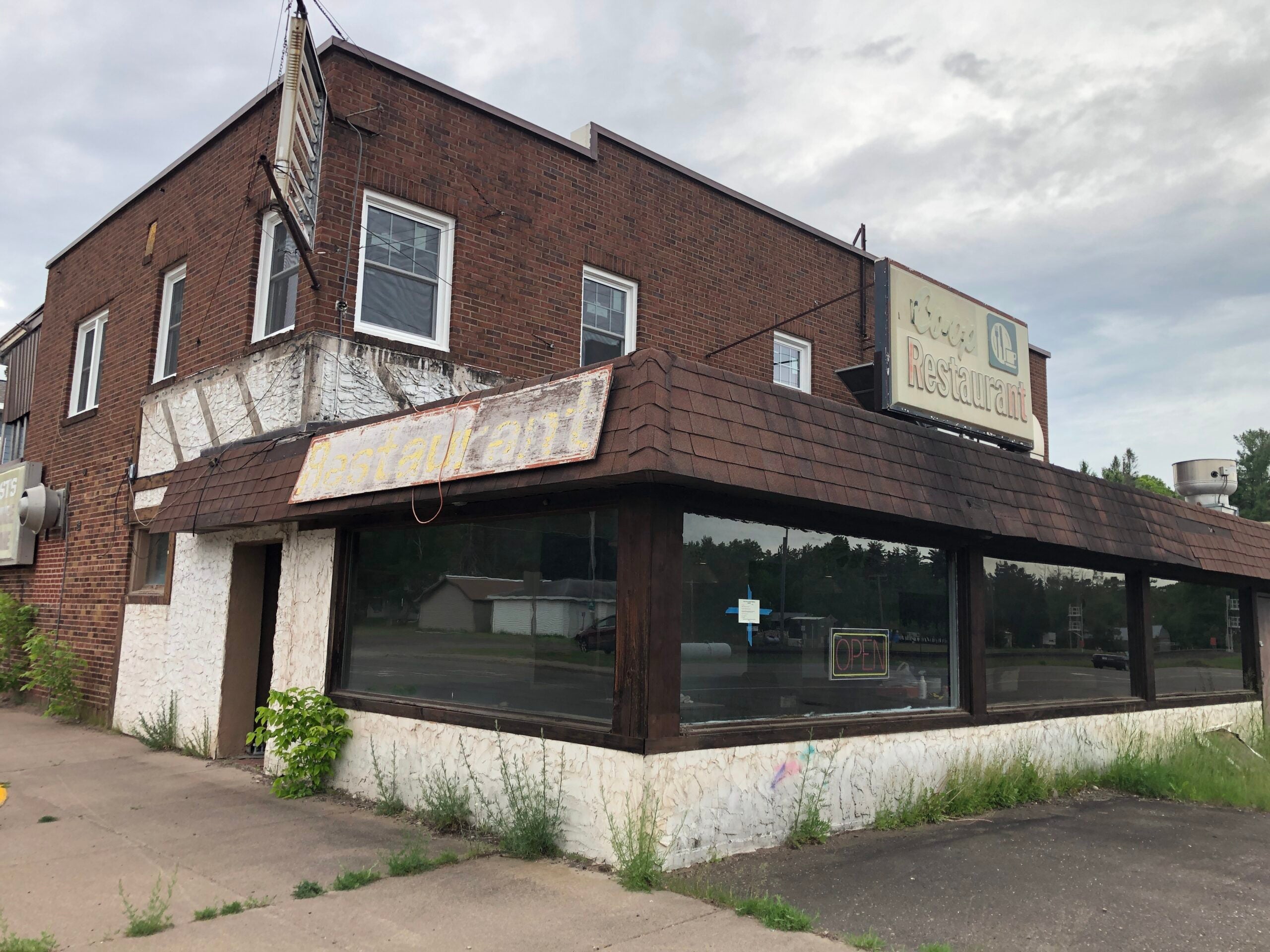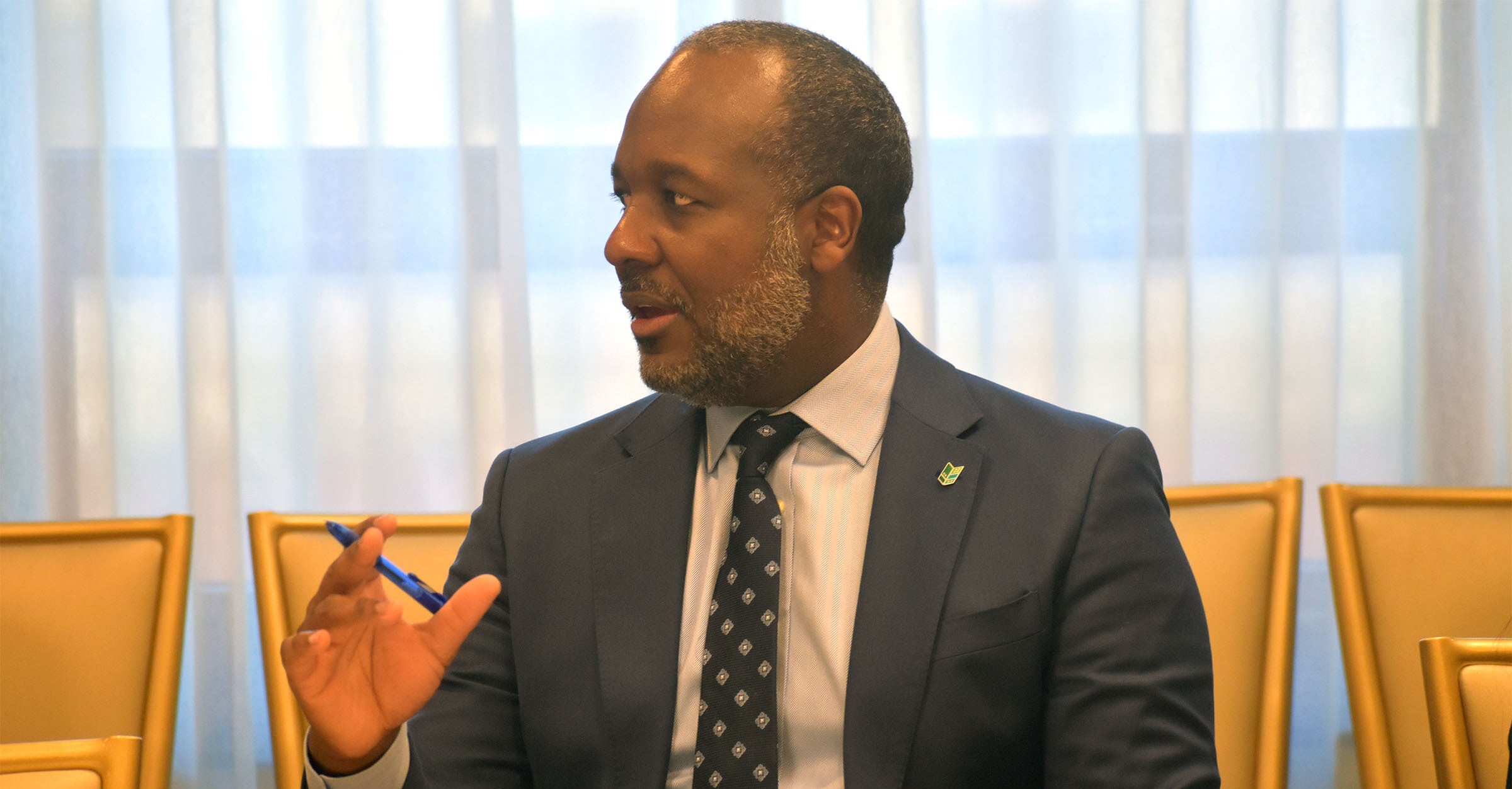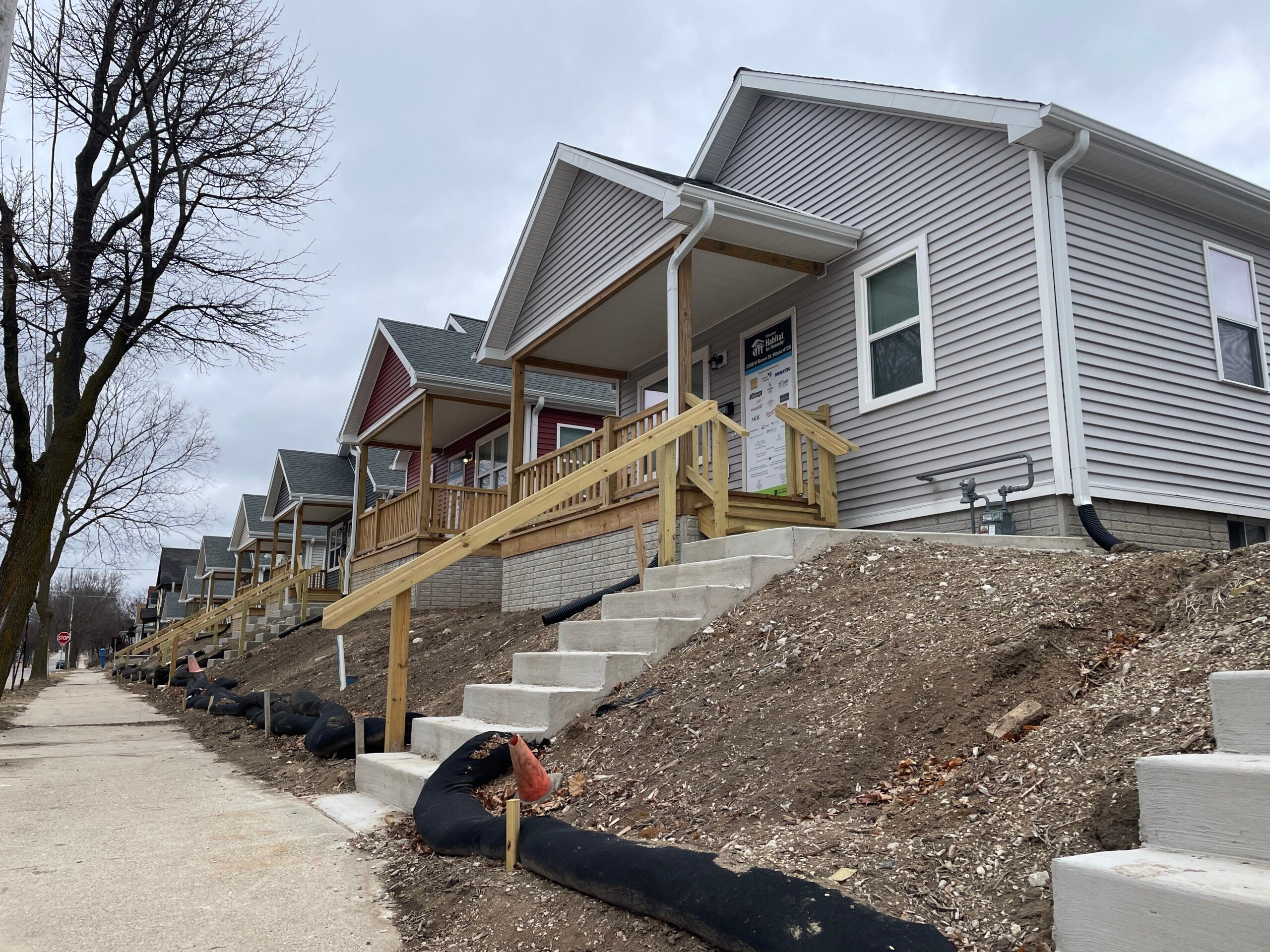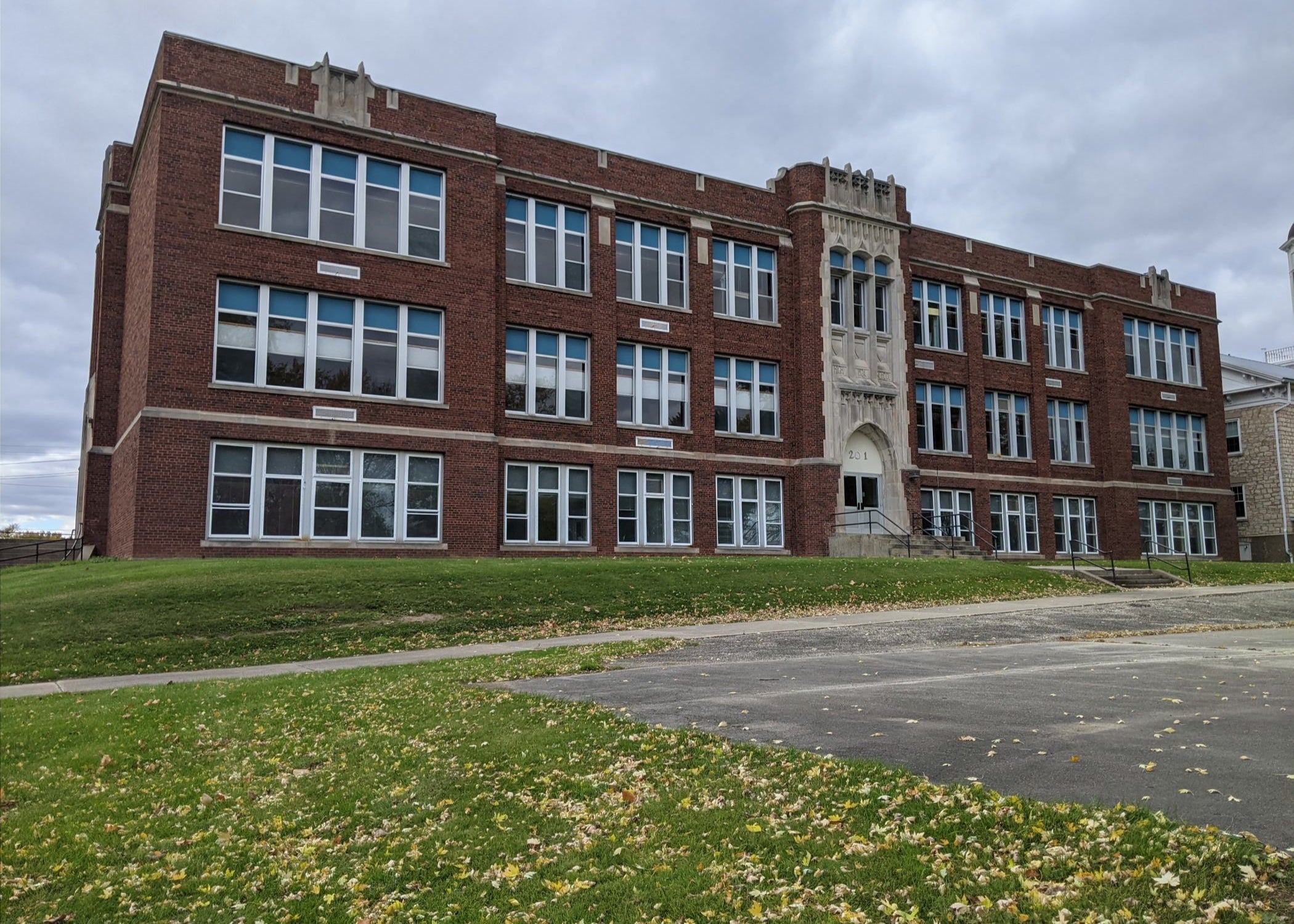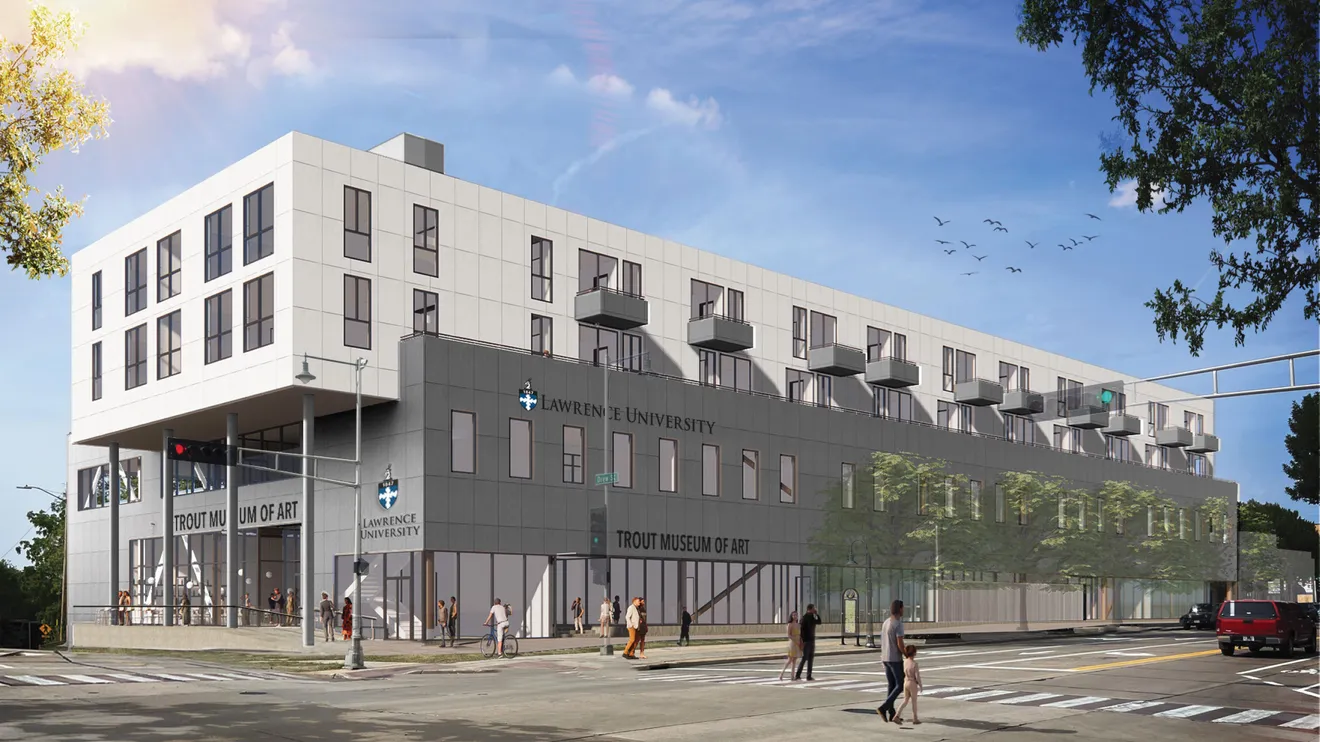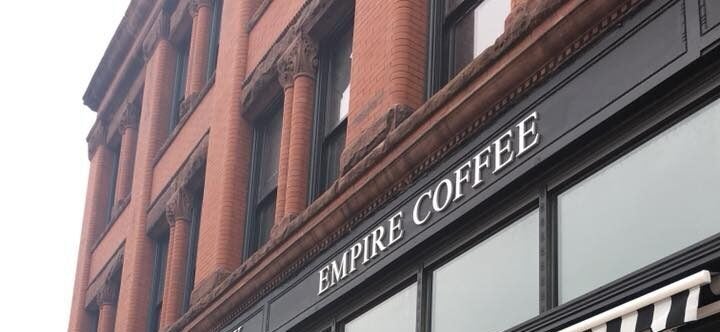Like many areas, northern Wisconsin is experiencing a housing shortage. One reason is a scarcity of building materials due to the lasting effects of supply chain interruptions during the pandemic.
There is also an increasing number of residences taken off the market for use as vacation rentals.
One solution may be right in front of us — if we take a look up. The downtowns of many of our communities are filled with commercial storefronts in buildings where the second stories were once used as residences but often are vacant today.
Stay informed on the latest news
Sign up for WPR’s email newsletter.
State Sen. Romaine Quinn, R-Cameron, is a real estate broker by trade and has noticed them.
He spoke with WPR’s Robin Washington about legislation he helped pass to provide potential homeowners and developers with affordable loans to rehab and develop them, with interest rates as low as 1 percent.
The following has been edited for brevity and clarity.
Robin Washington: So what’s up there and how much of a potential resource is there in these unused spaces?
State Sen. Romaine Quinn: We have a housing crisis across the state and it really is a national issue like you mentioned. But it’s keenly impactful here in Wisconsin and in northern Wisconsin.
We have some of the oldest housing stock in the country, and over the last decade, we’ve built on average 10,000 less single-family homes than the previous decade. So it’s a perfect storm — a lack of units.
So you’re absolutely right. Think of every downtown, small town in Wisconsin that you drive through and you’re in the storefront and you’re doing your shopping. When you pop out to the sidewalk and you look up, you think, “Wow — I wonder what’s up there.” You’re standing in front of a two-story or a three-story building. Historically, a lot of those used to be apartments. Maybe now they’re just storage, maybe they’re dilapidated or ignored now or sealed off, but there’s a huge amount of potential in our downtown upper view apartments that could be revitalized. And so we wanted to address that.
In our housing package, the $525 million investment we made specifically seeks to renovate and reopen these downtown potential apartments for our residents.
RW: So do people really want to live in these though, particularly if they’re above a bar or a restaurant? They could be vacant for a reason.
RQ: Well, that’s possible, and I think they were utilized at a different time, when people viewed how they wanted to live in those situations differently. But we are at such a crisis point for housing.
I mean, even middle-class people who have good careers are struggling to find affordable housing. And so maybe it’s not ideal for you and your family right away being downtown, but it’s someplace to plant roots. And it’s a place to start and save and build that footing.
So maybe you can move to something different at some point, but I would say there’s definitely a need. And not only that, I think there is a desire to go back downtown. We spend a lot of time and money revitalizing our main streets and this could be such a huge component. Imagine all your potential shoppers or a number of them living on the same street as your business. How huge would that be, just for economic development as well, beyond the housing component?
So, I think there’s enough of a need that there will be a desire to move into these, especially at an affordable rate.
RW: Conversely, what’s the best use you can envision? I mean, there are all kinds of innovative ideas that architects probably could go crazy with.
RQ: Oh, absolutely. And I think there’s a lot of unity to really revitalize and save these historic buildings. A lot of these buildings are older. I think a lot of these downtowns were built way back when and there’s a lot of good bones and structure to them.
We do see unique businesses, bars, coffee shops and other things going in and really capturing and expounding on the historic nature of that. Some of these apartments could have high ceilings and the original crown molding and brickwork. It’s a hidden gem sitting right in front of us, right above us, that is really untapped.
RW: So you mentioned the state has loans for this type of development and there’s a round that’s just closing around now and another one in the fall.
RQ: This bill was part of the $525 million housing package. Of that, $100 million is designated just for this program and 30 percent of it has to go to communities of 10,000 or less in population.
So, at a minimum — I’m not saying it can’t be more — but at a minimum it’s $30 million that will be available for loans as low as 1 percent for developers to bring these units back to life. So that’s a huge injection of cash where you might have some people unable to get financing or struggling or maybe “I can’t make the project cash flow at 6, 7, 8, 10 percent, depending on my credit.”
With the construction loan, there’s a real opportunity to inject that cash into that market to get these units built that much faster.
RW: Where can people find out more about the loan program?
RQ: It’s right on the WHEDA website, the Wisconsin Housing and Economic Development Association. So if you’re a developer or maybe you’re not a developer but you own a downtown building and you’ve never thought about your upstairs or that third floor or second floor, reach out to WHEDA directly on how you can apply, or a contractor on your behalf can apply to obtain some of this financing to get that unit back to life.
RW: In your life in real estate, what’s the most interesting second-story property you’ve ever seen that might be an inspiration for people?
RQ: Gosh, you know, I was born and raised in the Rice Lake area, but Rice Lake is not unique. I think of the potential for old schools or old city halls that are downtown. We were going to tear it down (in Rice Lake). But when I was mayor at the time, we decided to save our City Hall and we’ve got a bunch of businesses on each floor of that old building now. So instead of starting from scratch, we know costs are through the roof for labor, for materials. Why not use what we already have and breathe some life back into the spaces that we know are affordable for people?
And they need them, frankly, yesterday.
If you have an idea about something in northern Wisconsin that you think we should talk about on “Morning Edition,” send it to us at northern@wpr.org.
